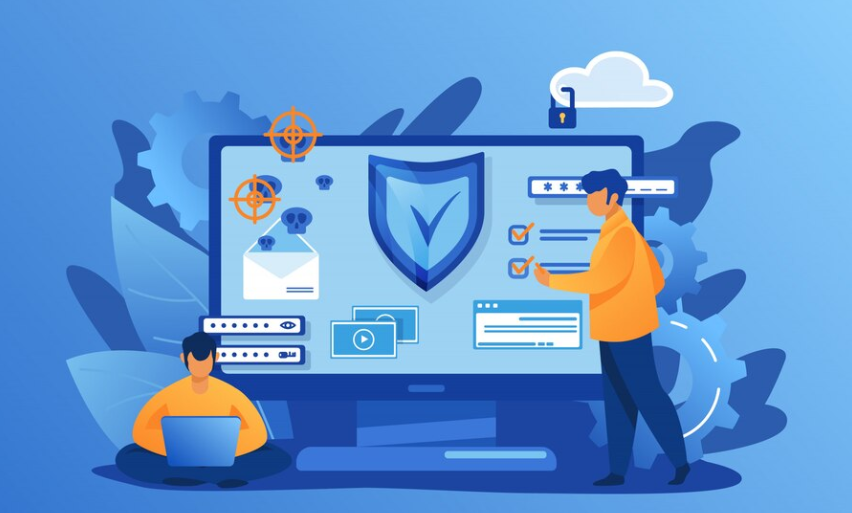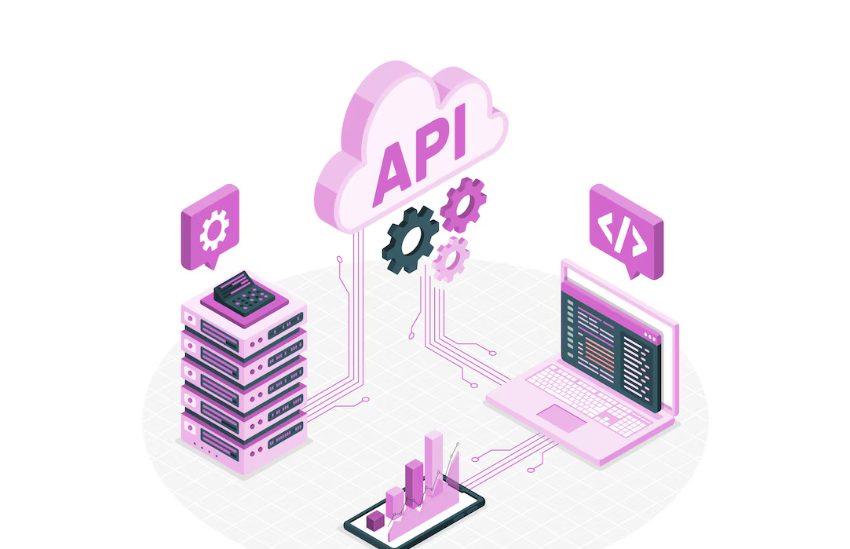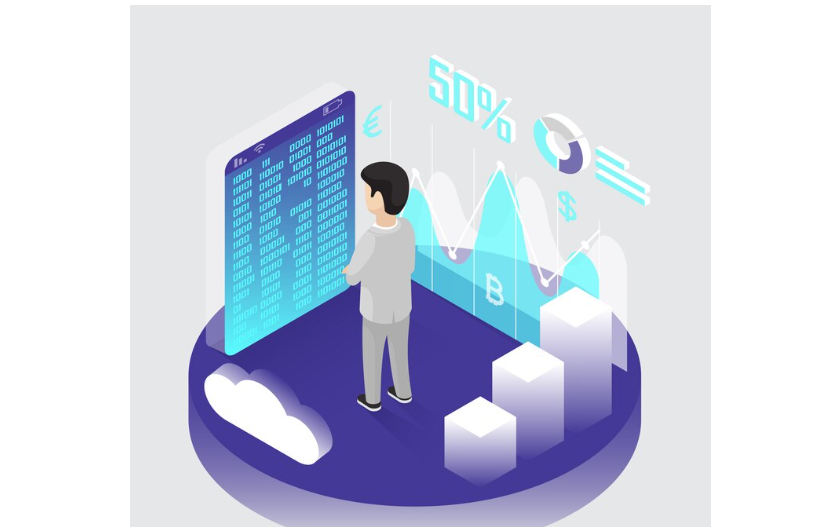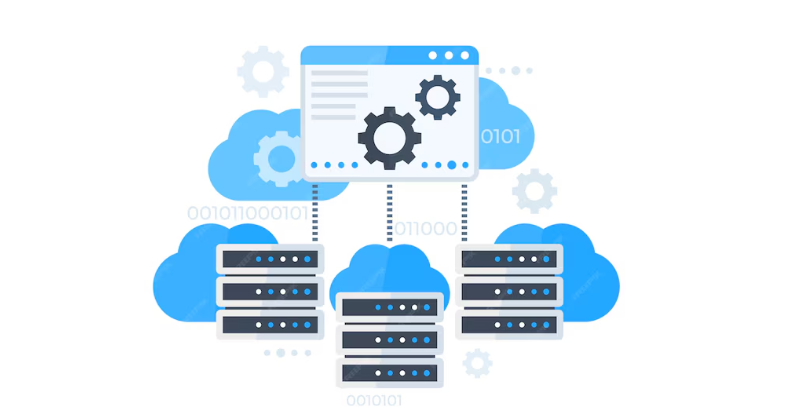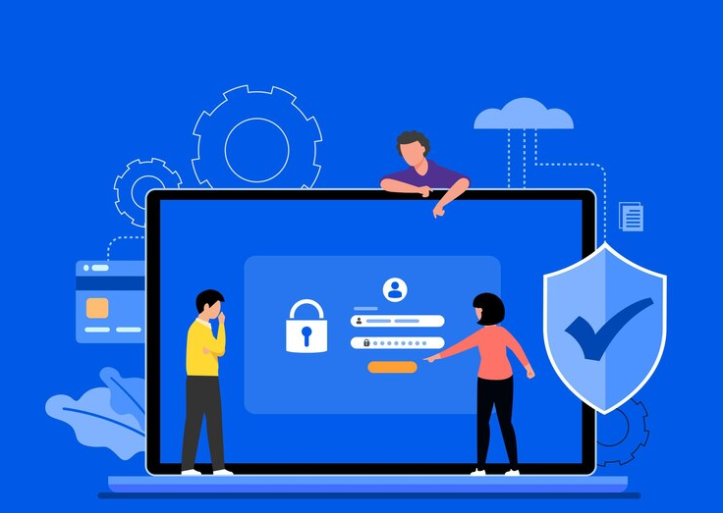The terms data protection and data privacy are often used interchangeably. But there is an important difference between the two. Data privacy defines who has access to data, while data protection provides tools and policies to actually restrict access to the data. How do you ensure data privacy in software applications? Compliance regulations help ensure that companies carry out user privacy requests, and companies are responsible for taking measures to protect private user data.
Data protection and privacy are typically applied to personal health information (PHI) and personally identifiable information (PII). It is essential to the development, operations, and financial health of businesses. Businesses can better comply with regulatory requirements and avoid reputational harm and data breaches by securing their data.
Data protection solutions rely on technologies such as data loss prevention (DLP), storage with built-in data protection, firewalls, encryption, and endpoint protection.
Why is data protection important, and what does it mean?
Data protection, which is frequently used interchangeably with “data security,” refers to the methodical and purposeful actions. These are taken to ensure the confidentiality, accessibility, and integrity of sensitive data. These safeguards aim to prevent data corruption, loss, or destruction, which are essential for businesses that gather, handle, or retain sensitive data.
A strong data protection strategy is crucial at a time when data collection and storage are increasing at a never-before-seen rate. In order to maintain trust and compliance in data-centric operations. The major objective of data protection is not only to protect sensitive information but also to make sure that it is still dependable and accessible.
Section frequently used interchangeably with “data security,” refers to the methodical and purposeful actions taken to ensure the confidentiality, accessibility, and integrity of sensitive data. Preventing data corruption, loss, or destruction is the goal of these safeguards, which are essential for businesses that gather, handle, or retain sensitive data.
A strong data protection strategy is crucial at a time when data collection and storage are increasing at a never-before-seen rate. To maintain trust and compliance in data-centric operations, the major objective of data protection is not only to protect sensitive information. But also to make sure that it is still dependable and accessible.
What Are Data Protection Regulations?
The collection, transmission, and use of specific data types are governed by data protection laws. Names, images, email addresses, bank account information, computer IP addresses, biometric information, and other forms of information are all considered personal data.
Regulations pertaining to data protection and privacy differ among nations, states, and sectors. For instance, the General Data Protection Regulation (GDPR) of the European Union (EU) went into force in 2018, while China’s data privacy law entered into effect on June 1, 2017. Depending on the infraction as directed by each legislation and regulatory body, non-compliance may result in financial penalties and harm to one’s reputation.
Adherence to a single set of regulations does not ensure adherence to all laws. Furthermore, all regulations are susceptible to change, and each legislation has a number of sections that can apply in one situation but not in another. It is challenging to apply compliance consistently and suitably at this degree of complexity.
What Are Data Protection Principles?
Principles of data protection aid in safeguarding information and ensuring its accessibility in any situation. In addition to incorporating elements of data management and data availability, it encompasses business continuity/disaster recovery (BCDR) and operational data backup.
Searching for the answer to how do you ensure data privacy in software applications?The following are important data management elements that are related to data protection:
Data Availability:
Data availability is the ability of users to access and utilize the information needed to conduct business, even in the event that it is lost or corrupted. Data privacy is not just your duty; it is also the right of your users and clients. In addition to giving them clear and transparent information, choices, and controls over their data, you should empower and educate your users and customers about data privacy.
For instance, you should explain your data privacy policy and procedures in clear and simple terms, get users’ and customers’ informed and explicit consent before collecting and using their data, give them the ability to view, update, and remove their data, and honor their requests and preferences regarding data privacy.
The subject of data privacy is dynamic and complicated, necessitating ongoing study and development. When creating software, you can protect data privacy and foster loyalty and trust by adhering to these guidelines.
Data Lifecycle Management:
Automating the transfer of important data to offline and online storage is known as data lifecycle management. The process of gathering, storing, processing, evaluating, sharing, and discarding data is known as the data lifecycle. There are unique threats and difficulties for data privacy at every stage of the data lifecycle.
You must comprehend your software’s data lifecycle and recognize any possible risks or weaknesses at every turn. For instance, you should think about how you get user data, what kind of data you gather, how you store and encrypt data, how you process and analyze data, how you share data with other people, and how you remove data when it is no longer required.
Information Lifecycle Management:
Information lifecycle management is the process of valuing, cataloging, and safeguarding information assets against a variety of threats, such as equipment failure, malware, and virus attacks, application and user failures, and facility outages and interruptions.
According to the data minimization concept, you should only gather, use, and save the bare minimum of data required for your software to operate and deliver value. Data reduction lowers the expense and complexity of data management while lowering the danger of data breaches, leaks, or misuse.
Throughout the data lifecycle, you should follow the idea of data minimization by asking yourself questions like: Do you really need this data? How long must you retain this information? Is it possible to aggregate or anonymize this data? When this data is no longer required, is it possible to erase it?
In Conclusion
Strong storage technology is necessary for data protection. Your data is available and durable using a Cloud storage system. Your data can be backed up and archived via the right Store, giving you highly accessible copies to restore when necessary. You can share your opinion about how do you ensure data privacy in software applications through the comment section.
